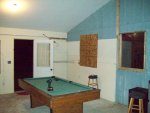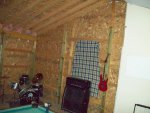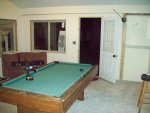My friend and I decided to build our own recording studio because we wanted a work place for the both of us.
We did a lot of research just on google and youtube and in the end we decided to take on this mission..
We have never done any construction work before so it was more like a trial and error. So far this is what we have. I was just wondering if we're on the right track?

heres part of the wall in the live room.

this is the window seperating control room and live room.

this is the view from control room into live room.

this is the view from live room into recording room.
The whole place is a concrete building and we basically bought steels and built a frame just like what people do with wood and then we insert 48 density of glasswool in them and 2 layers of drywall.
The flooring we will use wood. We were deciding whether to build a frame for the floor too but then because of our budget we decided not to. I'm wondering if thats ok too? our floor is concrete atm.
We did a lot of research just on google and youtube and in the end we decided to take on this mission..
We have never done any construction work before so it was more like a trial and error. So far this is what we have. I was just wondering if we're on the right track?

heres part of the wall in the live room.

this is the window seperating control room and live room.

this is the view from control room into live room.

this is the view from live room into recording room.
The whole place is a concrete building and we basically bought steels and built a frame just like what people do with wood and then we insert 48 density of glasswool in them and 2 layers of drywall.
The flooring we will use wood. We were deciding whether to build a frame for the floor too but then because of our budget we decided not to. I'm wondering if thats ok too? our floor is concrete atm.









